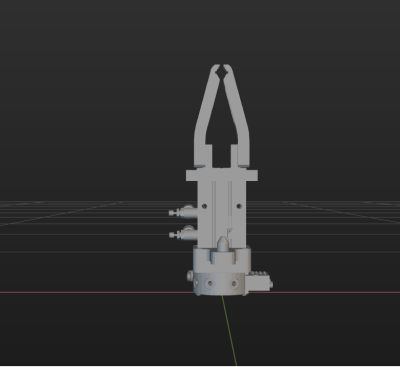Application Examples
To reduce the time required to create convex body models and ensure collision detection is efficient, safe, and accurate, you can simplify the original model based on the following principles:
-
Before creating a convex model, evaluate the model to clarify the function of each part, then proceed to construct the convex hull for each structure.
-
To ensure effective collision detection, the parts of the convex hull model that come into contact with the target object (such as grippers and flange connectors) must be carefully crafted, closely matching the actual structure of the object as much as possible. Parts of the convex hull model that do not come into contact with the target object and are not connected to the robot (such as cameras, sensors, connectors, etc.) can be roughly modeled, with the convex hull being slightly larger than the actual object.
-
In 3D space, a convex hull is the smallest convex polyhedron that completely encloses a set of points, with its boundary formed by the outermost points of the set. If too many edge points are selected, the resulting convex hull may be excessively large; if too few are selected, the convex hull may be incomplete. Adjust the selection range as needed to generate a properly sized convex hull.
Please refer to the examples below, which illustrate the end tool models before and after they have been enclosed by convex hulls.
-
Example 1:
View Before After Custom view


Front view

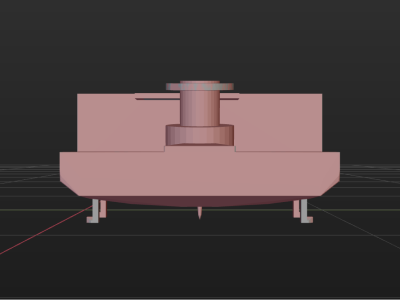
Side view


-
Example 2:
View Before After Custom view


Front view
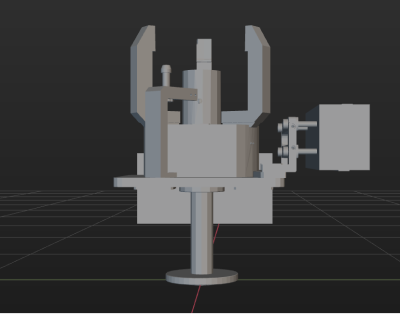

Side view


-
Example 3:
View Before After Custom view

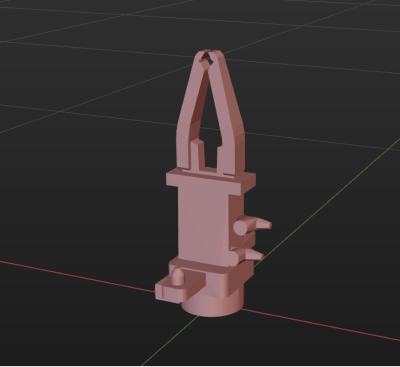
Front view
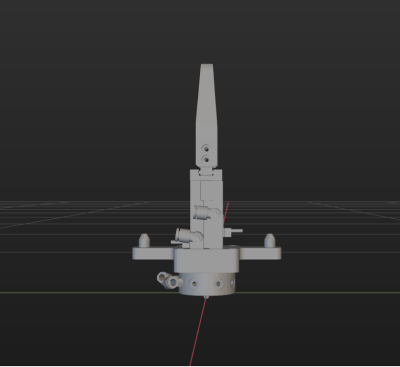

Side view
